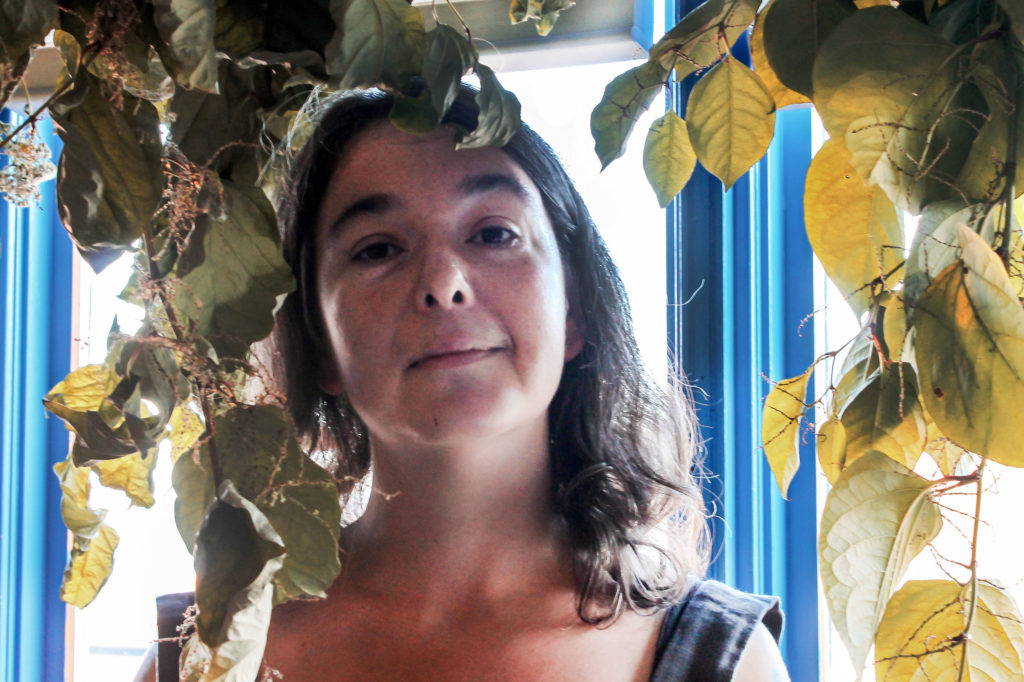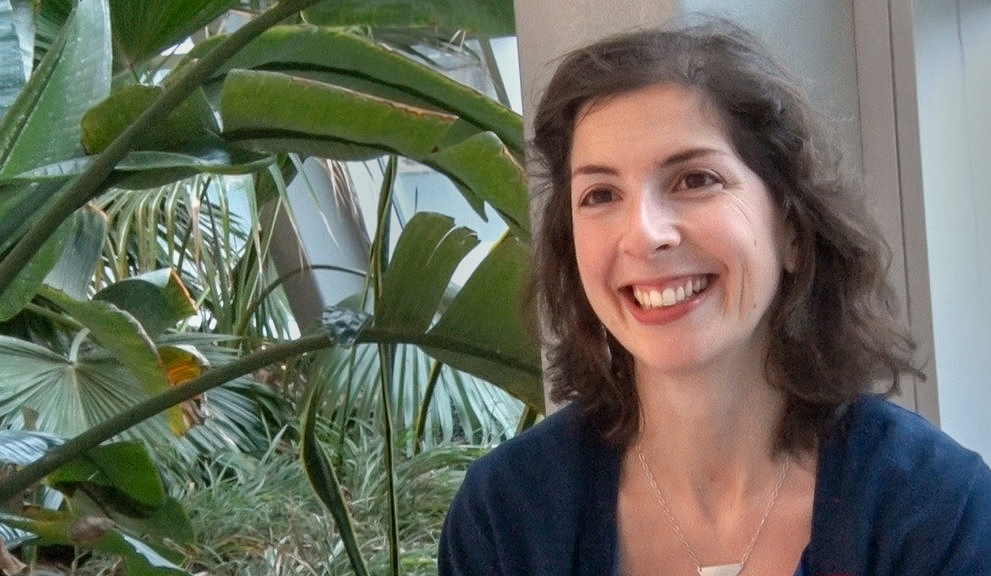Two local herbalists are bringing cosmetics and fashion back to their roots and teaching people about the resources under their feet.

Jasmine Burt
Kicker
Felicity Roberts, a herbalist, knows how to get her hands dirty.
Japanese knotweed leaves sit in a cooking pot which is decorated with a hand-drawn skull and crossbones making it clear that it’s deadly poison. Her hands are covered in red dye, dirt, and lichen.
On another burner, a tied-up dress sits in a pot soaking in red dye.
“If you can’t tell, this is the most fun I’m having in my life,” Roberts said. “Harry Potter has got nothing on this. It’s totally a time.”
She uses invasive plants found locally such as Japanese knotweed and St. John’s Wort, along with lichens found in the barrens, bogs and backyards.
“If you see someone in your firewood picking away, it’s probably me or one of my buddies picking lichen off your firewood,” she said.
Roberts was introduced to natural dying by a friend in British Columbia.
Since she moved back to Newfoundland, she stays connected via social media with her friend and they exchange information about dying techniques.
“You can take some leaves … put the leaves in a pot and make a colour with them – that’s so cool. Especially in a world that’s so hands-off now,” Roberts said. “Like I can make colours.”
Roberts explains Japanese knotweed creates a green dye when boiled and changes into a purple dye when it’s lifted from the pot and touches the air.
While some are interested in buying her dyes, she says there are not many people left in Newfoundland who stick to using natural products.
“It’s hard to say, but I think there was sort of a shame about the Newfoundland identity,” Roberts said as to why the skill is no longer common in the province.
It was her grandparents, she says, who instilled in her the passion about the world around her.
For those who want a unique memory of their wedding day, she will dye fabrics using their wedding flowers.
“People will get a beautiful item that they will get to keep forever, and they can say ‘this is my wedding flowers.’”
She also teaches a workshop for those who want to learn the technique.
Her workshops, she says, are not a four-step process to dying a shirt. There is much more to it than that.
“There’s much more about talking about the philosophy and ethics of natural dying and I guess some pretty cool experimenting and avant-garde projects.”
Roberts also partners with Paula Mendonça, the owner of SeaBerry Studios, for another workshop based around using natural items as skincare.

Mendonça is originally from Lisbon, Portugal, where her grandparents owned a large orchard in the countryside.
In Portugal, Mendonça says the use of herbal teas for ailments is common so she was exposed to the practice at a young age.
It wasn’t until she moved to Newfoundland to become a student at Memorial University that she began creating her own natural skincare products. She says it was out of necessity.
She was the first person selling skincare at the Farmer’s Market in St. John’s, but she wanted to do more than sell people such products.
“Europeans are obsessed with skincare,” Mendonça said. “So I really wanted to try to put all my passions together into something that would work but that people could have access to.”
In their workshop, Roberts and Mendonça take their clients on an expedition to find the plants and herbs. In the afternoon, they use their foraged items to make their own skincare products.
“One of the things we really try is to use the materials available here in the province,” she said.
“It’s like a magical piece of art that we offer to other local people to learn about not only skincare, but about what’s available on the island,” Mendonça said.
Roberts tells anyone interested in natural dying to behave ethically and not be intimidated with the chemistry.
“Don’t take the lichens off the tree, take them from branches that have fallen on the ground,” Roberts said. “Never take more than 10 per cent of what’s in an area and don’t return to an area for a year after.”
[embedyt] https://www.youtube.com/watch?v=tSFZep1lPfU[/embedyt]

Be the first to comment